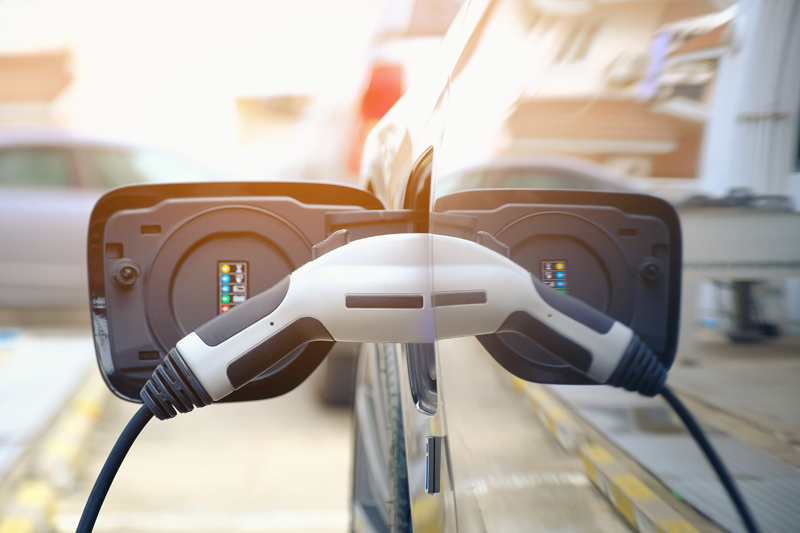
According to DVLA data analysed by LeaseLoco, four regions of the UK have seen electric car (EV) ownership more than double in the past year.
The North West experienced the fastest growth, with EV ownership more than tripling, up 214% in the past 12 months. The number of electric cars registered in the region was just shy of 22,000, compared to 7,005 in 2020.
Three other regions have seen electric car registrations increase by more than 100% since 2020; Ownership is up 142% in the South West, 132% in Yorkshire and the Humber and 128% in the South East.
The West Midlands has reportedly seen the slowest EV uptake, with registrations up just 45% in the past year.
Table: UK regions ranked in order of fastest growth in electric vehicle (BEV) registrations, 2021 vs 2020
|
Region |
Number of BEVs registered –
2020 |
Number of BEVs registered –
2021 |
% Increase in BEVs |
| North West | 7,005 | 21,993 | 214.0% |
| South West | 11,554 | 27,964 | 142.0% |
| Yorkshire & the Humber | 6,304 | 14,639 | 132.2% |
| South East | 22,453 | 51,205 | 128.1% |
| Scotland | 7,529 | 14,808 | 96.7% |
| East | 11,152 | 21,038 | 88.6% |
| Northern Ireland | 1,390 | 2,549 | 83.4% |
| East Midlands | 5,793 | 10,047 | 73.4% |
| Wales | 2,696 | 4,641 | 72.1% |
| London | 14,735 | 24,908 | 69.0% |
| North East | 2,323 | 3,574 | 53.9% |
| West Midlands | 11,628 | 16,888 | 45.2% |
John Wilmot, CEO of car leasing comparison website LeaseLoco, commented: “These figures show the regions where consumers appear to be more committed to early switching to an EV, and regions where perhaps a jump start is needed.
“EVs still make up a small percentage of the total number of new car sales every month, with consumers expressing reservations around price and charging infrastructure.
“We have seen a threefold increase in electric car enquiries on the LeaseLoco platform, which shows the intent is there to switch to greener motoring, but many car owners while expressing interest are still not ready to make the leap.
“With the sale of new diesel and petrol cars banned from 2030, the next two to three years will be critical in ensuring that the switch to greener motoring stays on track.”









